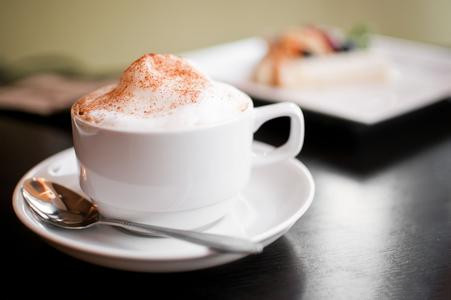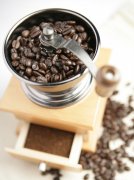Three ways to make Coffee basic knowledge of making Coffee
First of all, we need to introduce that coffee should not be "brewed", but "brewed".
To make coffee at home, you use 92 ℃ ~ 96 ℃ of water. If you use more than 100 ℃ of water, it will burn out the taste of the coffee (just like making tea).
There are a few things to pay attention to when making coffee at home:
1. Use coffee powder that suits your coffee practice (different methods have different coffee powder thickness).
2. Use 92 ℃ ~ 96 ℃ of water. Use a small household coffee machine-use 10 grams of coffee through filter paper or gold filter FilterCoffee to prepare 175ml coffee (about six ounces, which most people think is the volume of a standard coffee cup). The dosage should suit everyone's taste. Remember to only inject cold water into the coffee maker. If you use hot water, you are in danger of damaging the coffee maker.
3, the thickness of coffee powder: through filter paper or boiler net: moderate coffee maker (also known as tea maker or press) FrenchPre Cof-fee needs 10 grams of coffee per 175ml of coffee. Be careful not to put too much water. It is best to add water from the cup from which you drink coffee, and add as many cups of water as you need. Soak the coffee for three to four minutes. Then put the compactor down. Adjust according to personal taste.

Important Notice :
前街咖啡 FrontStreet Coffee has moved to new addredd:
FrontStreet Coffee Address: 315,Donghua East Road,GuangZhou
Tel:020 38364473
- Prev

There are three types of coffee maker in electric coffee maker.
Percolation, drip and vacuum. The percolation coffee pot is the early product of the electric coffee pot, although the price is low, but it is not convenient to use and the reliability is poor. The coffee made by the vacuum electric coffee pot has a strong flavor, but its structure is complex and prone to failure. The fittest survive, and now the only thing left on the market is the drip-type electric coffee maker. Although in general terms, the electric coffee maker
- Next

3 in 1 Instant Coffee Illustrated Instant Coffee Production Process
Simplified instant coffee production process 1. Coffee beans: coffee beans are stripped from coffee berries. Roasting: Its purpose is to cultivate the taste and glycol of coffee beans, excellent roasting process, can make coffee beans completely volatilize its unique taste and aroma. Grinding: grind the roasted coffee beans into granules. 4. Extraction and aroma preservation: remove coffee grounds and extract
Related
- Beginners will see the "Coffee pull flower" guide!
- What is the difference between ice blog purified milk and ordinary milk coffee?
- Why is the Philippines the largest producer of crops in Liberia?
- For coffee extraction, should the fine powder be retained?
- How does extracted espresso fill pressed powder? How much strength does it take to press the powder?
- How to make jasmine cold extract coffee? Is the jasmine + latte good?
- Will this little toy really make the coffee taste better? How does Lily Drip affect coffee extraction?
- Will the action of slapping the filter cup also affect coffee extraction?
- What's the difference between powder-to-water ratio and powder-to-liquid ratio?
- What is the Ethiopian local species? What does it have to do with Heirloom native species?

